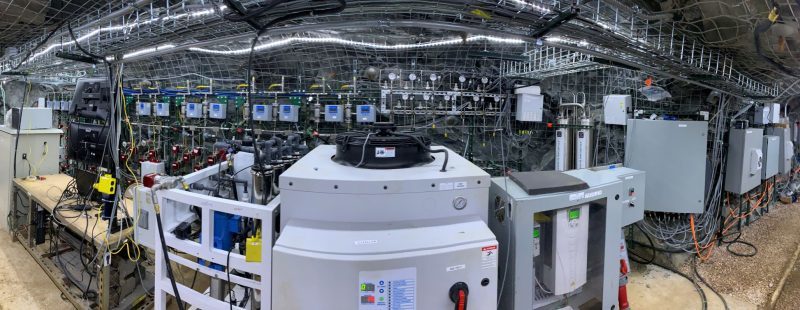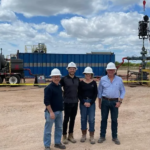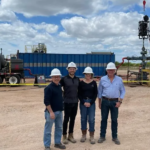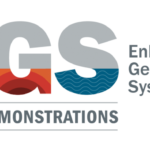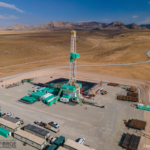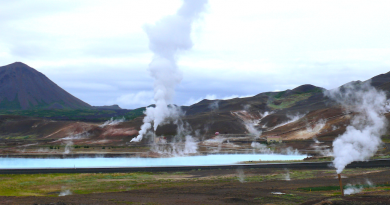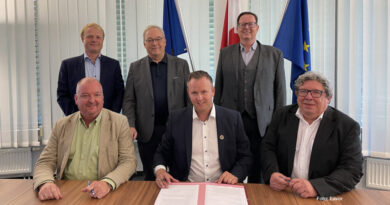Research on EGS being done in underground PNNL lab
Energy Disrupter
An underground research facility of PNNL in South Dakota is conducting groundbreaking research on Enhanced Geothermal Systems.
The first-of-its-kind Stimulation and Flow System of the Pacific Northwest National Laboratory (PNNL) is being used to conduct groundbreaking research on Enhanced Geothermal Systems (EGS). Among the many things that makes this research facility unique is the fact that it is located 4100 feet underground at the Sanford Underground Research Facility in Lead, South Dakota.
The system chiefly consists of five boreholes, each measuring four inches across. Fluid is pumped into one of the boreholes and pumped out of the others. Through repeated trials, researchers can analyze fluid-rock interactions under different conditions.
The research in this lab is part of the EGS-Collab project under the Department of Energy’s Geothermal Technologies Office (GTO). Several other laboratories, universities, and industrial partners are involved in this project.
The goal of EGS-Collab is to address the fundamental barriers to EGS advancement. Eventually, lab-scale findings will be tested n the large field scale of the future FORGE site.
A comprehensive testing and data collection system
PNNL scientist and EGS Collab Simulation and Flow Team Leader Chris Strickland describes the system as unique in that it “rolls several components needed to glean important data for geothermal study into one system.”
The system uses two injection pumps to inject fluid into the boreholes at high pressures. One pump is used for precise flow and pressure control, while the other pump is used to deliver very high flow rates.
The temperature of the injected fluid is controlled using a fluid chiller, while a reverse osmosis system measures the salinity of the injected fluid. How the rock reacts to changes in these two parameters is a critical part of the project.
“Packers” are also used to control fluid flow in specific borehole sections. These packers, equipped with pressure and temperature sensors, are inserted into the boreholes. Pressurized bladders in the packers can be inflated to seal off borehole sections and prevent leakage.
Strickland also said that the researchers do not need to spend as much time underground, despite the facility’s location. “The best part is that the system is autonomous, meaning we can operate it and gather data above ground using a laptop or phone at home.”
“Individually, the components bring in good, useful data,” added Strickland. “Together as one system, the EGS Collab will receive the most comprehensive data to help bring forward a geothermal energy future.”

